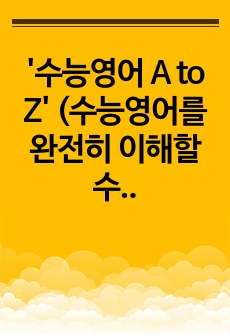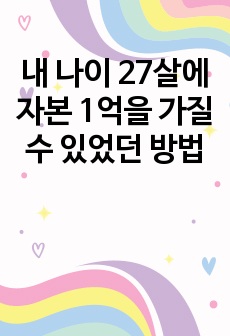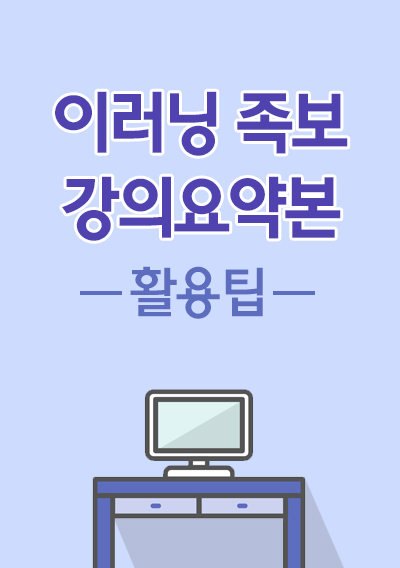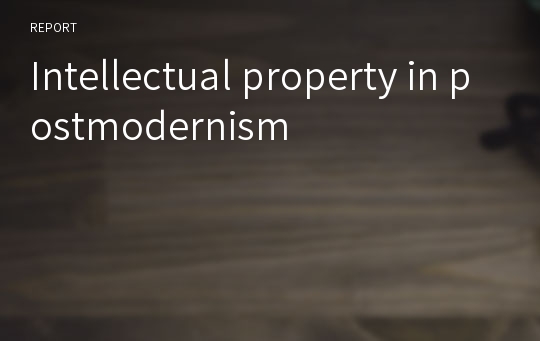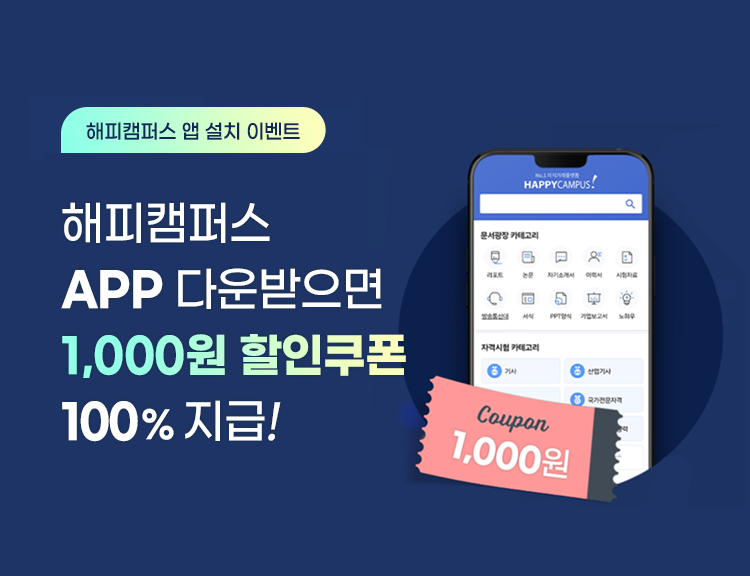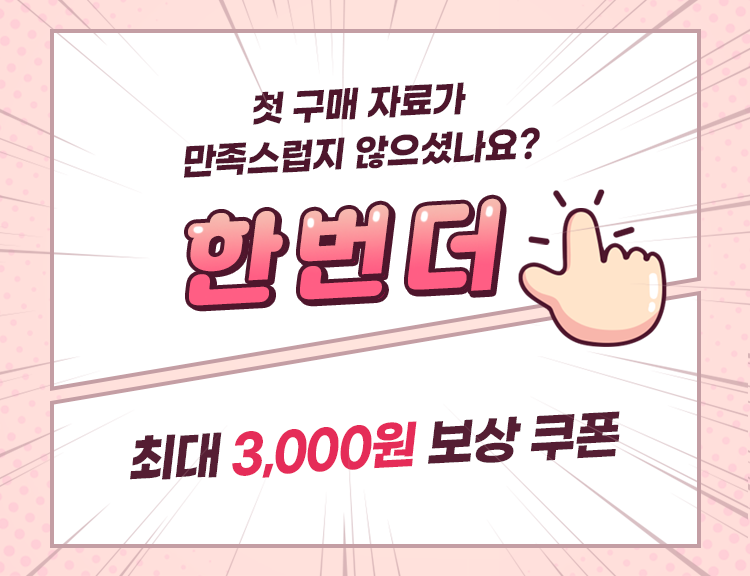Intellectual property in postmodernism
*지*
다운로드
장바구니
소개글
argumentative/ persuasive writing 입니다.Eng 131 term paper 였구요 우수한 grade 받은 페이퍼 입니다.
목차
1. Intro2. first body para.
3. secon body para.
4. third body para.
5. forth body para.
6. sixth body para.
7. conclusion
본문내용
Society today is accustomed to and generous on using the work of others, if only partially, just as long as the artist attains permission to use copyrighted works to create outstanding works for other’s pleasure. Unlike the past, the present information era is structured to encourage people to facilitate borrowing other’s ideas, styles, techniques, etc. Preciously, you have yours, I have mine, and people did not or could not duplicate other’s intellectual property. Today, however, time and space compression of information flow, development of machines such as printing, scanning, and photocopying allows toleration of people creating works that intermix work of others. I just stated that people create their work by partially using others’ work. But does the word “create” reflect the truth? Does anyone truly purely “create” something in this information age? There is no one truth, no one original work, and there is nothing such as unmediated experience or work in the world nowadays. It is work examining what the true meaning of creating intellectual property is in the information age, and how society is reacting to the question of what constitutes a fair creation of intellectual property in the information age.참고 자료
Calson Analytics (Oct, 2005) ‘intellectual property guide’ [online]. Available from: http://www.caslon.com.au/ipquide16htm [accessed Nov 13 2005]Inayatullah, S and Milojevic, I (1998) ‘Exclusion and communication in the information era’ [online] Available from: http://www.ru.org/82inayat.html [accessed Nov 14, 2004].
Microsoft (2002). ‘Art & Commerce Digital decade’ [online]. Available from: http://www.microsoft.com/issues/essays/2002/06-03digitalrights.asp [accessed Nov 14, 2005].
Negativland (1998) ‘Fair Use’ [online] Available from: http://www.negativland.com/fairuse.html [accessed Nov 14 2005].
Negativland (1998) ‘Changing Copyright’ [online]. Available from http://www.negativland.com/changing copyright.html [accessed Nov 14, 2005]
Sturken, M. and Cartwright, L. (2001). Practices of looking. Oxford: Oxford University Press.
Vandenhoeck and Ruprecht (1999) ‘The growth of intellectual property’ [online]. Available from: http://cyber.law.harvard.edu/property99/history.html [accessed Nov 14, 2005]
Walker, J (1997) ‘Intellectual Property in Information Age’ [online]. Available from: http://www.cas.usf.edu/english/walker/papers/copyright/ipdummie.html [accessed Nov, 14 2005]
이 자료와 함께 구매한 자료
 The Problems of Downloading MP3 Files 5페이지
The Problems of Downloading MP3 Files 5페이지 셀프리더십 자기선언서 12페이지
셀프리더십 자기선언서 12페이지 [IPR] 지적재산권(Intellectual Property) 영문 레포트 7페이지
[IPR] 지적재산권(Intellectual Property) 영문 레포트 7페이지 [조직행동] 조직행동 리더쉽 레포트 13페이지
[조직행동] 조직행동 리더쉽 레포트 13페이지 정보기술과 인터넷 15페이지
정보기술과 인터넷 15페이지













